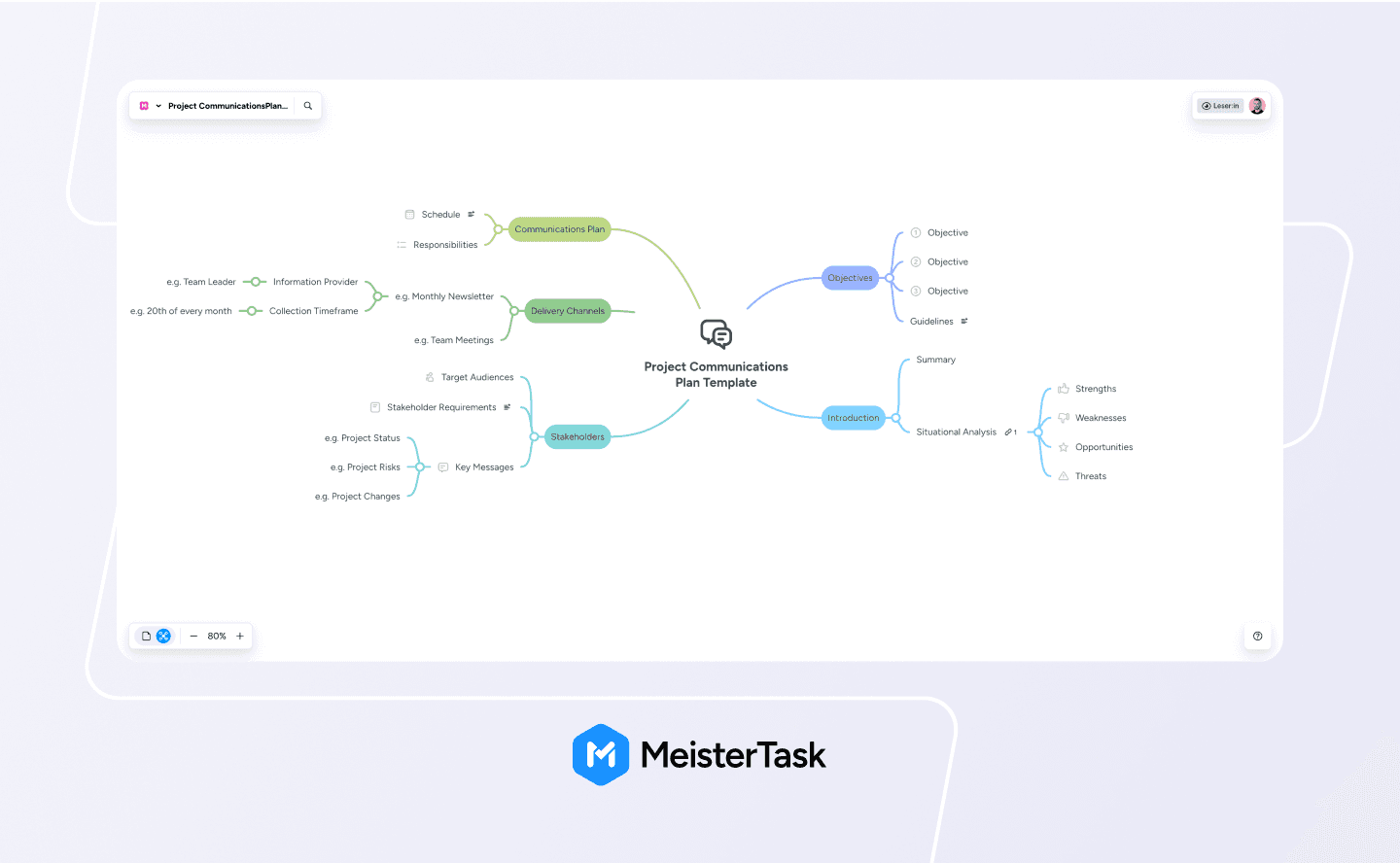Implement digital transformation successfully
Once you’ve laid the groundwork for your organizational development — established a plan, selected the right tools and secured experienced digitalization partners — it’s time to put your strategy into action.
What you’ll learn in this chapter:
How to structure testing and pilot phases
How to identify and address gaps
Why training matters
How to execute a successful rollout
1. Run effective tests
Testing lets you identify weaknesses early and ensure your solution works under real-world conditions. Done right, it sets the stage for a smooth rollout of your chosen solution.
 Here’s how to structure your test phases effectively:
Here’s how to structure your test phases effectively:
Start with a pilot group: Have motivated team members or key stakeholders use the new system to complete real tasks. Use their feedback to identify gaps.
Train your key users: Prepare a core group of knowledgeable users who can support the broader rollout and guide others during the next test phase.
Run a user acceptance test (UAT): Invite a larger group of users to test the system in practice. Capture issues, feedback and optimization ideas.
Solve problems proactively: Work with your partner or consultant to find feasible fixes for any problems that come up.
Fine-tune before rollout: Run one final test to close any remaining gaps — then implement improvements in collaboration with your partner.
A case study: Abena – phased testing for smoother collaboration
Abena, a Danish supplier of healthcare and industrial products, faced major inefficiencies due to a mix of disconnected tools. To streamline operations and put structured digitalization in place, the company turned to MeisterTask. After small pilot groups helped identify challenges and solutions, the rollout expanded in waves to more teams. This step-by-step approach built transparency, improved collaboration and cut down on wasted effort.
2. Train your team effectively
Training is essential for building confidence and ensuring a smooth transition to new tools and workflows. Here’s how to design impactful training:
Step 1: Assess training needs. Define learning objectives for each target group and department. Remember: IT teams need different content to HR or finance teams.
Step 2: Offer dedicated sessions. Break training into focused blocks, such as:
General introduction to the new tool
Features for analysis and reporting
Project management-specific workflows
Additional use cases as required
Step 3: Document all questions. Collect questions during sessions in a central, accessible place. Let users leave comments and track updates in real time as and when new questions arise.
Step 4: Use your collected questions and feedback to create a training handbook. Include key features, naming conventions, responsibilities and internal guidelines for using the tool. With Notes in MeisterTask, your documentation stays accessible and easy to share.
A case study: Minden-Lübbecke District Government — digital transformation through structured training
The Minden-Lübbecke District Government wanted to modernize a confusing, outdated onboarding process. After defining clear goals, they chose MeisterTask to help them improve. To implement the new digital process, the administration relied on a structured approach to training. First, a pilot group of colleagues received targeted training. Then, tailored training formats were rolled out to the rest of the team. Thanks to this step-by-step approach, the organization saw strong engagement and a smooth transition to digital workflows.
3. Roll out your solution
The rollout marks the moment your stakeholders fully adopt the change. With the right preparation and a clear plan, you can turn this phase into a confident, positive launch. Here’s how to make it a success:
Check access and workflows: Confirm that all systems are integrated, user permissions are set correctly and nothing critical is missing.
Communicate early: Let your team know at least two weeks in advance what to expect, when it’s happening and why it matters. Use our change management template, so you can be sure not to miss anything.
Invite last-minute feedback: Give employees the chance to raise concerns or suggest small adjustments before going live with the new tool or process. Being heard builds trust.
Celebrate the kickoff: Mark the launch with a quick event, a team message or even a small internal campaign to build excitement and recognition.
Stick to the communication plan: Your communication strategy doesn’t end at launch. Continue sharing updates, success stories and next steps to keep everyone aligned and engaged. The MindMeister project communication plan template will help you keep everything on track.
